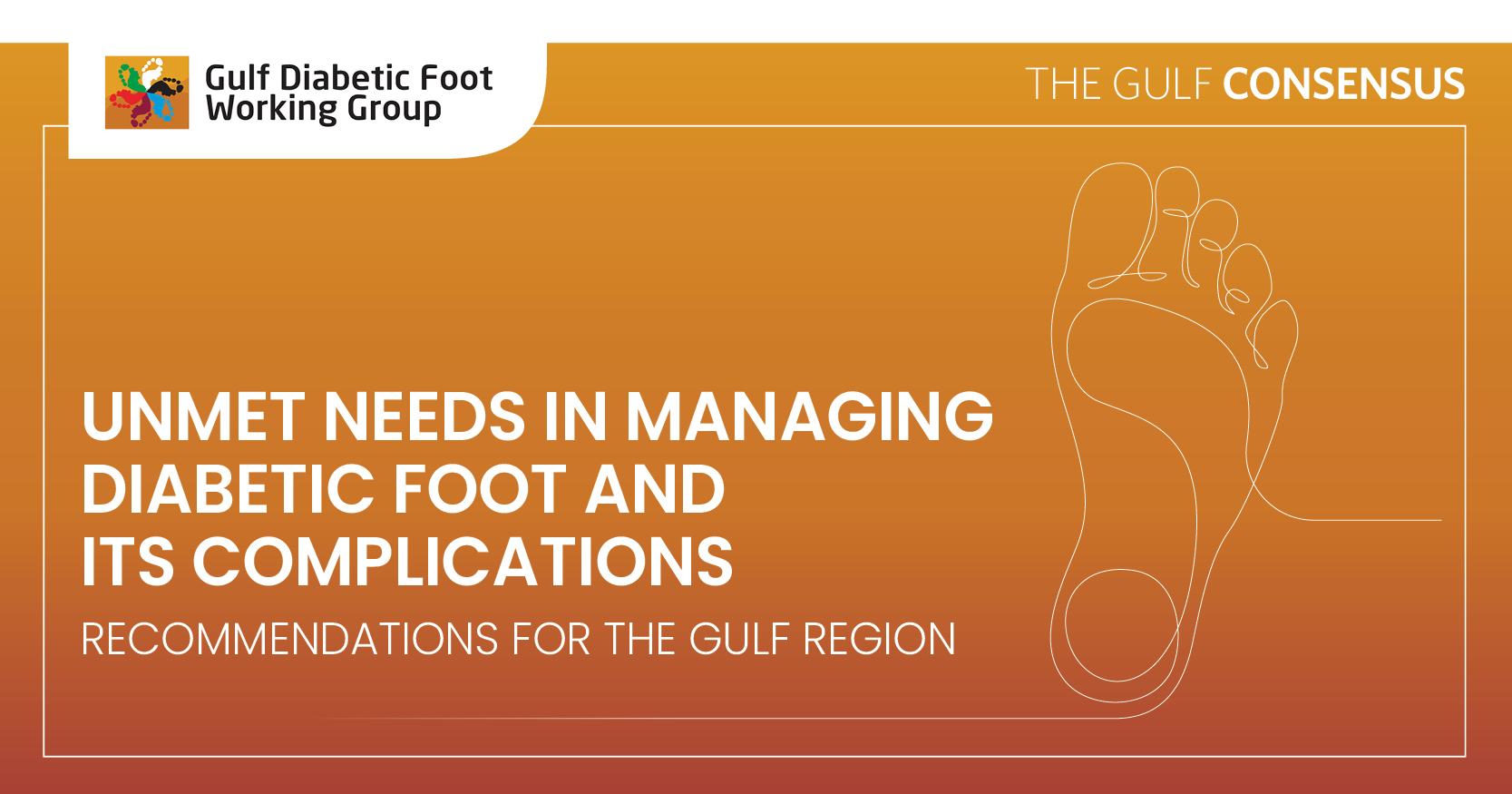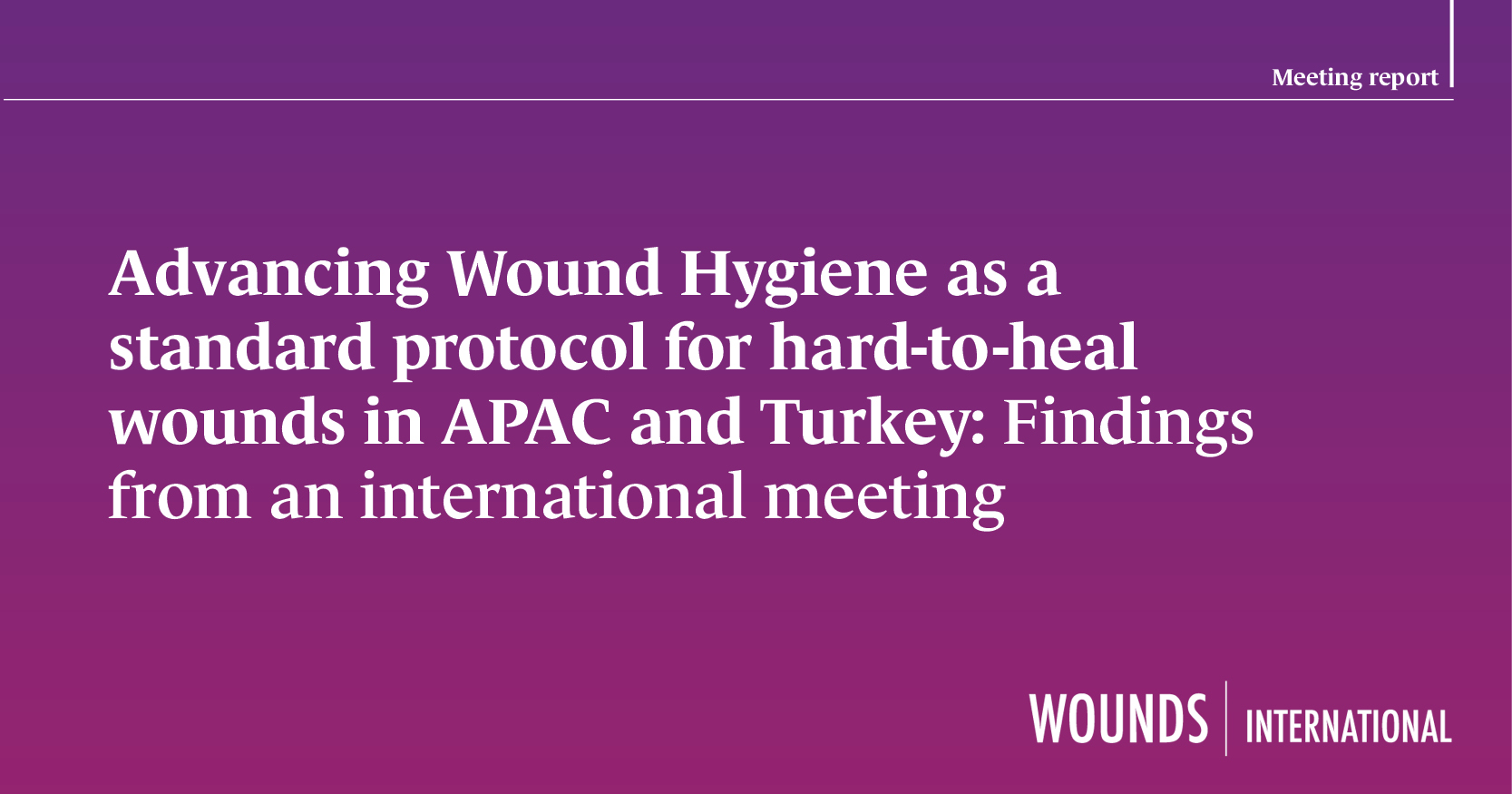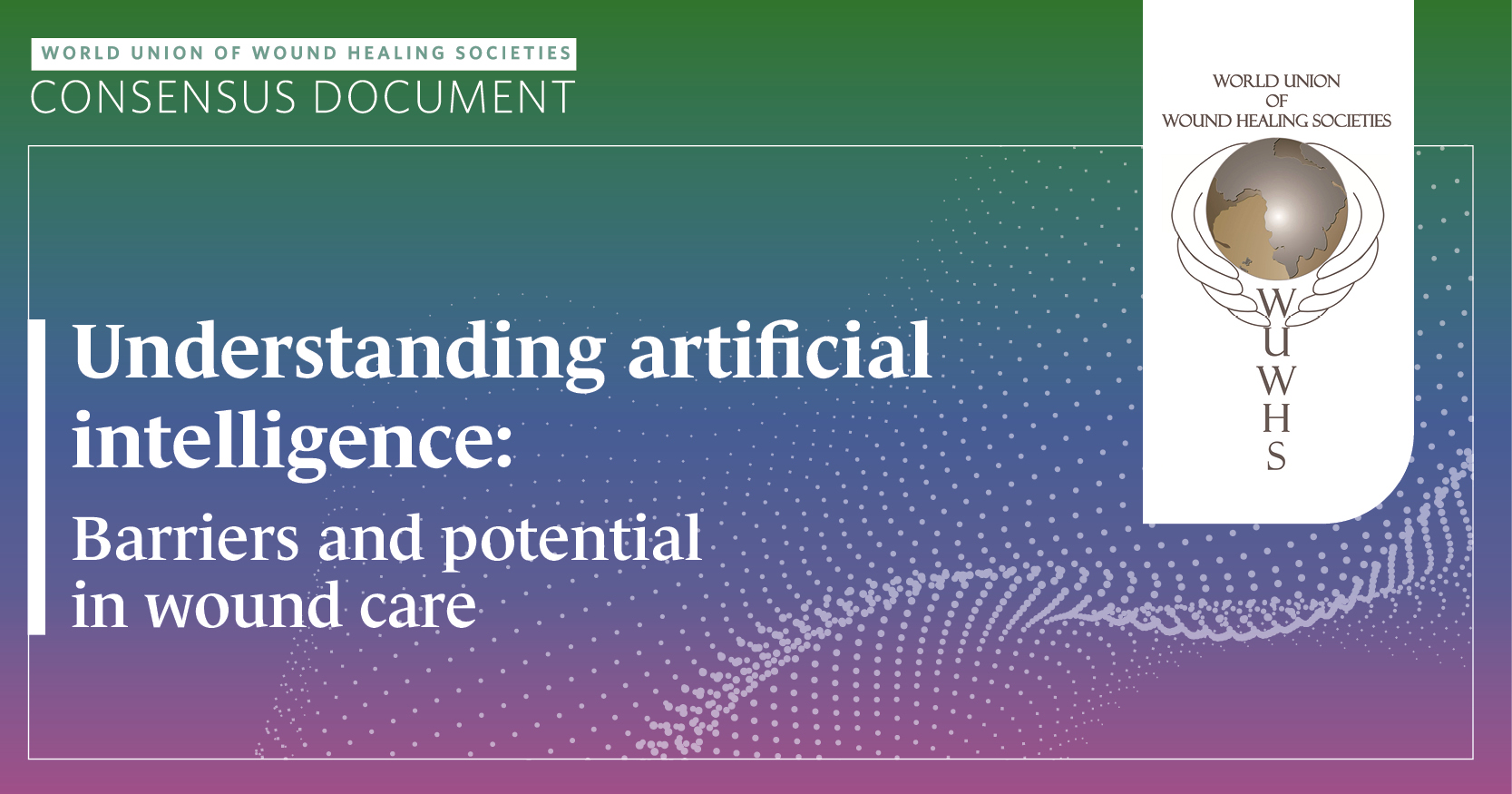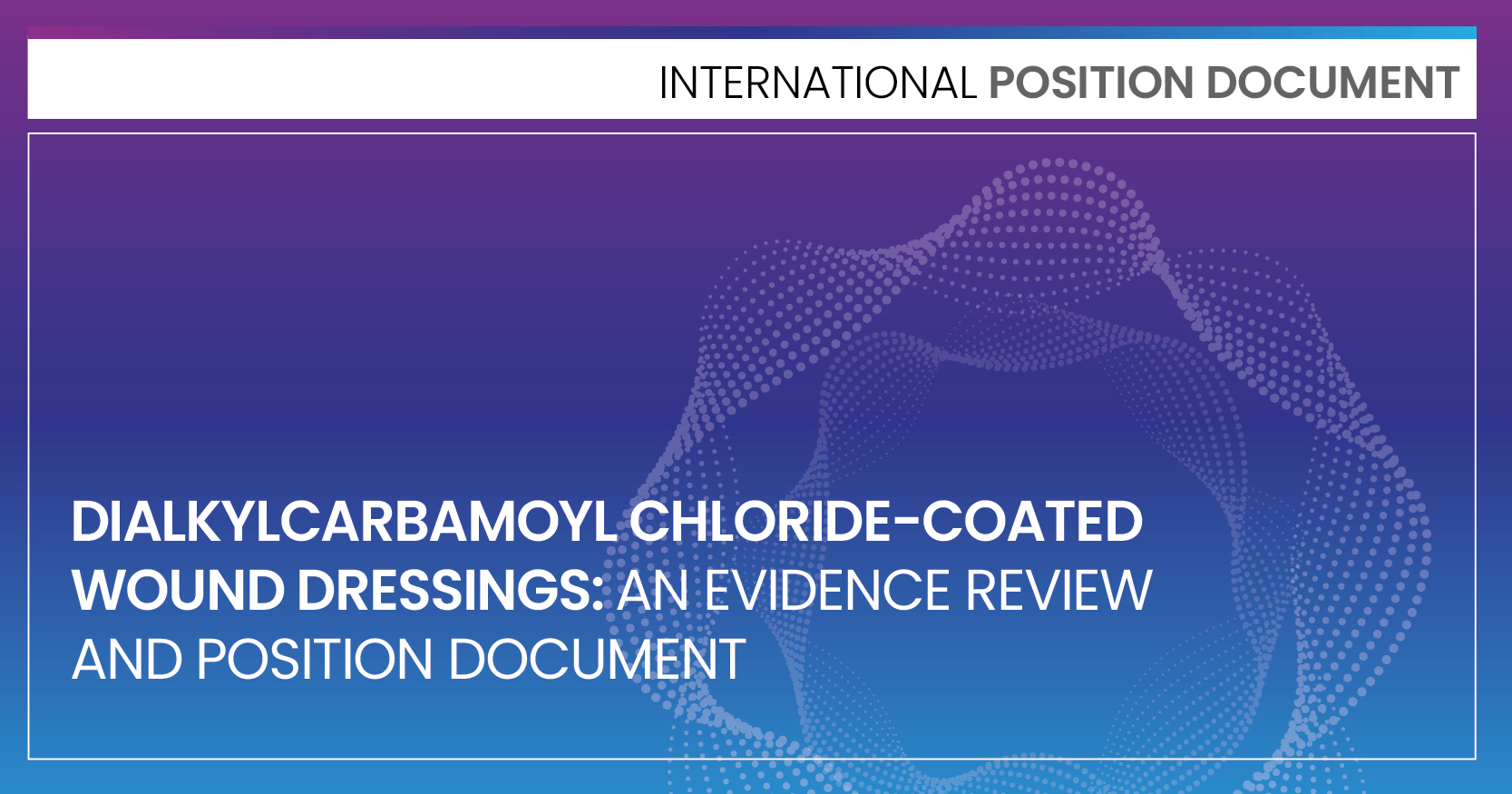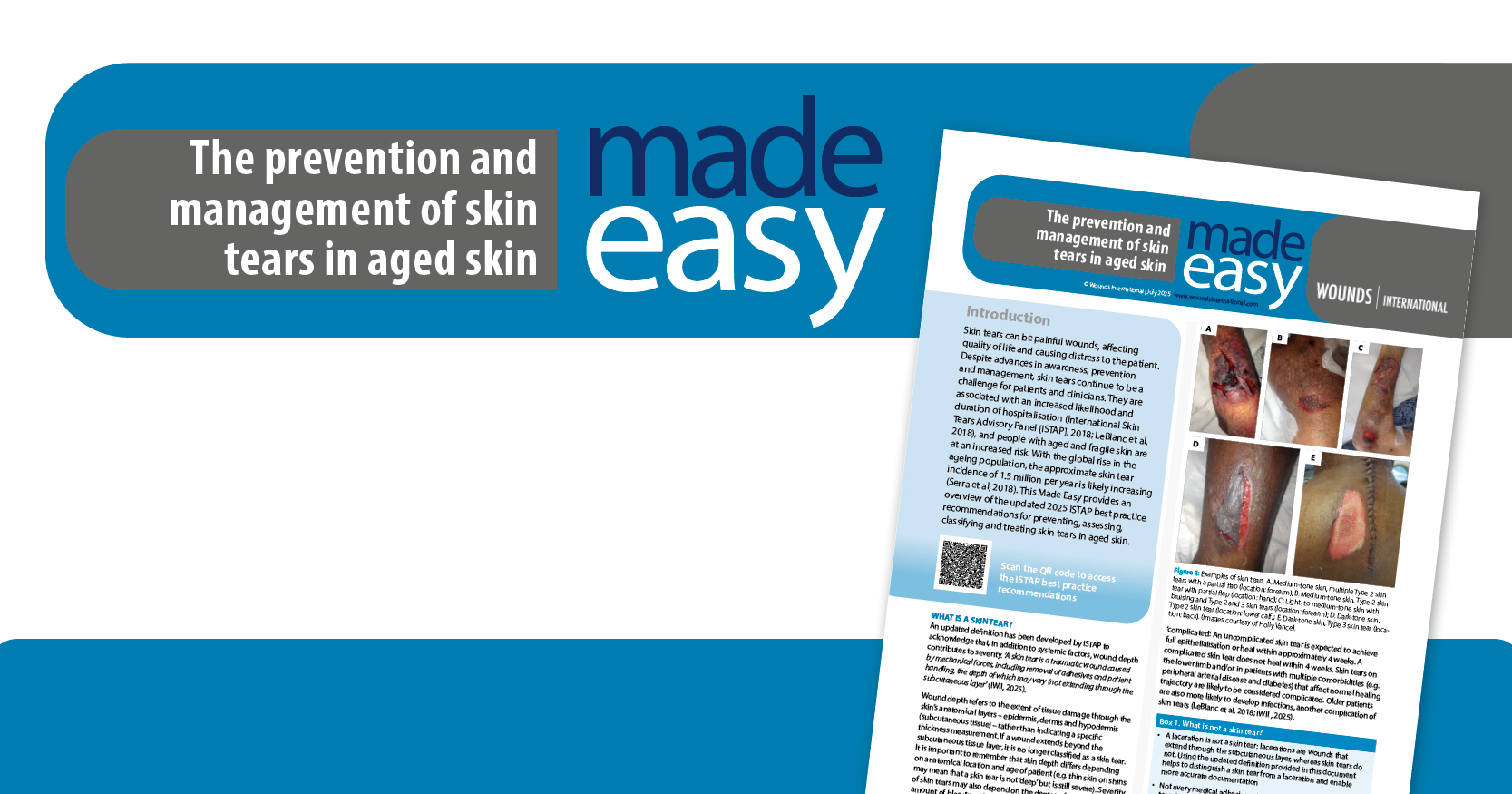Type 2 diabetes is fast becoming a ‘modern preventable pandemic’ around the globe (Singer et al, 2022). The World Health Organization (WHO) estimates that the global number of people living with diabetes between 1980 to 2014 increased from 108 million to 422 million (WHO, 2023). Approximately 90% of all people with diabetes have type 2 diabetes (National Library of Medicine [NLM], 2023a). By 2021, approximately 537 million adults (aged 20-79 years) had type 2 diabetes, a number that is expected to increase to 783 million by 2045 (Sun et al, 2022).
This global rise in diabetes prevalence is alarming. Even more concerning is the fact that diabetes prevalence in the Arab countries is increasing at a faster pace than the rest of the world (Mairghani et al, 2017). Six Arab countries are already among the top 10 countries in the world with the highest prevalence rate, with 20.5 million people living with diabetes in the Arab nations (Mairghani et al, 2017). This is consistent with estimates by the WHO that, in 2023, the vast majority of people with diabetes (80%) will be in the developing world, with a rise in diabetes among younger people (i.e. within working age; Mairghani et al, 2017).
Diabetes causes several comorbidities and is a major cause of limb- and life-threatening disorders, such as blindness, impaired immunity, kidney dysfunction, heart failure, stroke and lower limb amputation (WHO, 2023). In addition, it increases the risk of infection in patients by 1.5–4 times, with the highest risk in the extremities (Holt et al, 2024; Edmonds et al, 2021).
However, in the Gulf region, there is a lack of type 2 diabetes prevalence data and guidelines that address region-specific challenges for patients, clinicians, healthcare systems and governments.
To address these significant unmet needs, this consensus document sets out to achieve the following Gulf-specific objectives, based on recommendation from global and regional diabetes experts:
- Elevate current practices in managing diabetic foot and its complications
- Highlight the gaps in current clinical practices and recommend strategies to fill them
- Develop and outline a pathway to create Gulf-specific, evidence-based recommendations for early detection and diagnosis of diabetic foot complications
- Promote throughout the region multidisciplinary approaches to diabetic foot care for all healthcare professionals involved in diabetes care
- Highlight the importance of patient education and self-care practices to prevent diabetic foot complications.
This consensus document is aimed at identifying the unmet needs, specific to the Gulf region, in managing diabetic foot complications. The expert panel agreed that the International Working Group on the Diabetic Foot (IWGDF) guidlines (2023) are the gold standard for developing Gulf-specific adaptations. Each disease area covered in this document is presented as a section, each of which can be used as a standalone document to provide focused recommendations to relevant field experts.
This document does not provide detailed guidelines or clinical pathways/algorithms on managing these complications. Based on the recommendations from the expert panel, this consensus document provides actionable insights and recommendations to adapt the IWGDF guidelines as per Gulf needs. Its implementation can help reduce the impact of the modern preventable pandemic that type 2 diabetes has become.
Mrs Aisha Al-Mahrizi, Dr Muneera Ben Nakhi
Download the full consensus below

